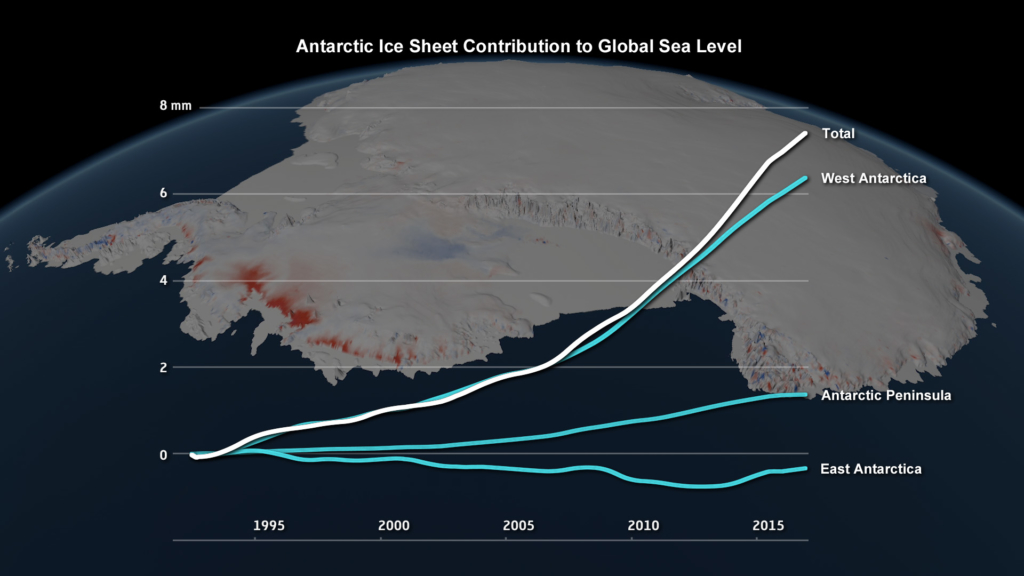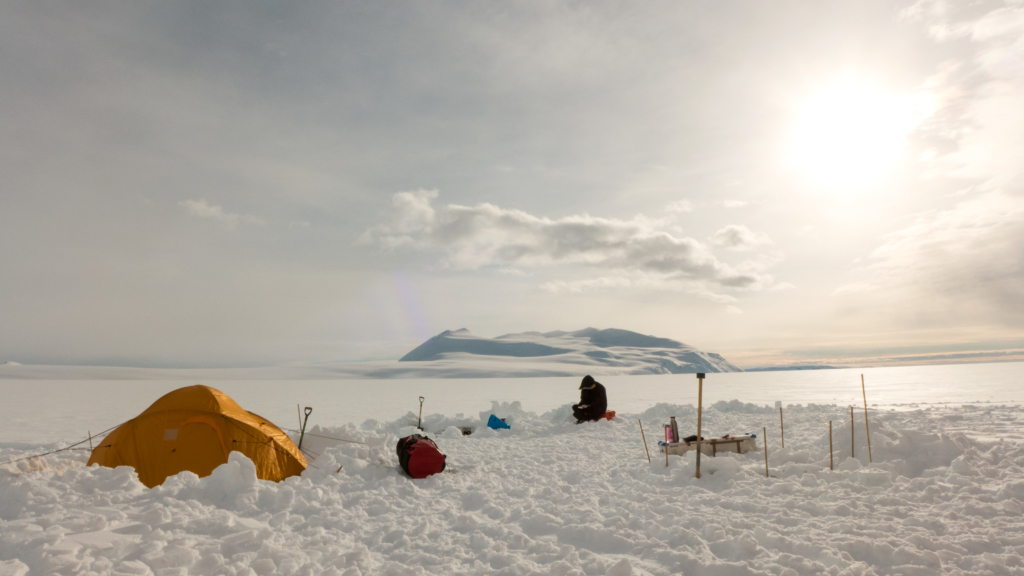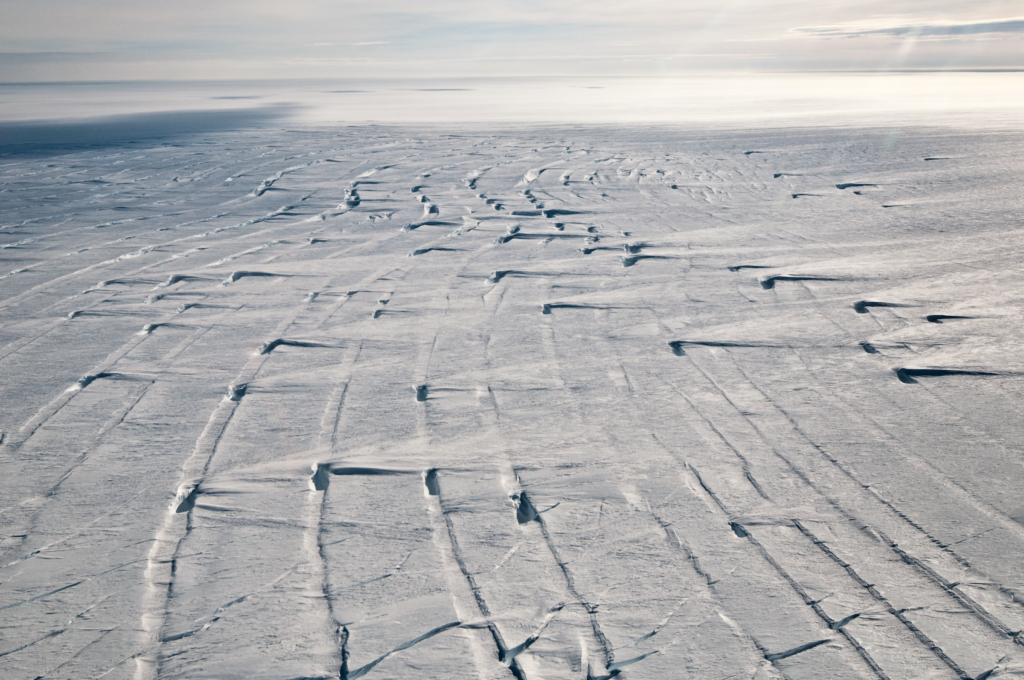NESSC-research: Ice loss Antarctica tripled in 10 years
A new study shows that Antarctica is losing more ice at an accelerating rate. The rate of ice melt from Antarctica has tripled over the past ten years, from 73 billion tonnes per year to 219 billion tonnes, and as result, sea levels are rising faster. It is the most complete picture of Antarctic ice sheet change to date: 84 scientists from 44 international organisations combined 24 satellite surveys to produce the assessment. NESSC-researcher prof. Michiel van den Broeke is one of the five research leaders.
The scientists determined the changes in the thickness and mass of the ice sheet covering Antarctica. The results, pubished in Nature, show that the ice loss has tripled over the past 10 years, to an average of 219 billion tonnes per year for the period 2012-2017.

In a single generation
The ice loss in Antarctica has caused sea levels to rise by an average of 7.6 mm world-wide over the past 25 years. Forty percent of that, or 3 mm, occurred just over the past five years. “The mass loss from the ice sheet fluctuates due to variations in snowfall from year to year, but the general trend is clear. And this increase occurred in just a single generation. That’s a big deal”, says NESSC-researcher Van den Broeke, Professor of Polar Meteorology at Utrecht University.
Tipping point

Van den Broeke’s concern is based on the fact that the accelerated ice melt and its consequences can eventually reach a tipping point beyond which some parts of the ice sheets will melt irreversibly. Van den Broeke: “The Paris climate accord aimed to limit global warming to a maximum of 2°C. But it’s unclear as to whether that will be enough for Antarctica. At the moment, we can’t accurately predict the maximum temperature increase at which these tipping points can occur.”

Complex relationships
In order to accurately predict the future ice loss on Antarctica, scientists require an accurate model of the extremely complex interactions between the oceans, the atmosphere, and the ice sheets. “We don’t have a model like that right now, but people all over the world are working hard on developing one”, according to Van den Broeke.
Greatest ice loss
The study published on Thursday indicates that the greatest ice loss was from the immense Pine Island glacier and the nearby Thwaites glacier in West Antarctica. The bedrock under these glaciers is located under sea level, and it slopes down land-inwards, so the glaciers have an unstable flow, which exacerbates the ice melt problem.

Coldest place on earth
No ice loss has yet been observed at the coldest place on earth, the gigantic mass of East Antarctica. The group led by Van den Broeke has shown that snowfall there has remained constant for decades, and the ice flow seems to be stable too. But due to the expansive size of East Antarctica, there are still many uncertainties. “A change of 1% of the mass of the East Antarctic ice sheet would mean a half-meter change in the sea level. So it’s important to keep a close eye on that area.”
Animation illustrating changes in thickness and sea level contribution due to Antarctica between 1992 and 2017. Credit: IMBIE/Planetary Visions
Publication:
Mass balance of the Antarctic Ice Sheet from 1992 to 2017
Nature, 558, (219–222)
doi: 10.1038/s41586-018-0179-y

